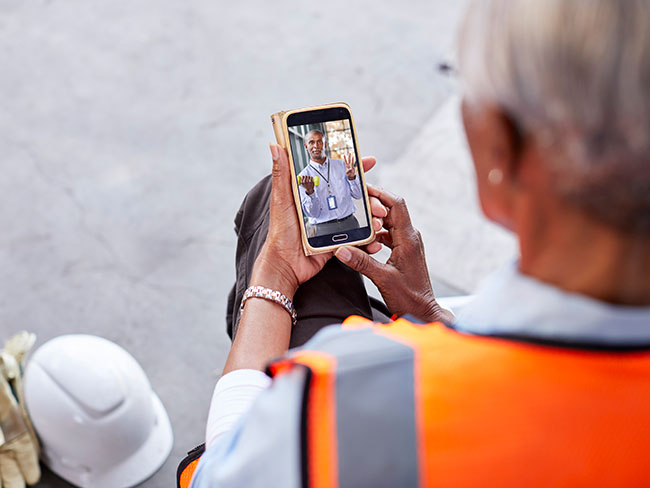How to clean and disinfect your home
These simple steps can keep infectious diseases from spreading in your home.
High-touch household surfaces should be cleaned and disinfected daily.
Cleaning and disinfecting commonly used surfaces can help prevent the spread of illnesses. No one knows this better than Kaiser Permanente’s environmental services professionals who clean and sanitize more than 50 million square feet of our buildings each day to help keep our members, patients, and workforce healthy.
Here are some quick tips based on their experience, as well as guidance from the Centers for Disease Control and Prevention and Environmental Protection Agency, on what household surfaces you need to clean and disinfect — and how to get the job done right.
What’s the difference between cleaning and disinfecting?
Both cleaning and disinfecting are important steps to keep your home safe from infection.
Cleaning removes visible dust, dirt, and grime from surfaces. Disinfecting uses chemical cleaners to kill germs and can further lower the risk of spreading infection.
Cleaning does not kill germs like disinfecting does, so make sure you clean first, then disinfect. When using disinfectants, you may want to open a window to make sure you have good ventilation.
Clean and disinfect commonly used surfaces often
High-touch household surfaces should be cleaned and disinfected regularly.
Commonly used surfaces include:
- Door handles
- Faucet handles
- Countertops
- Light switches
- All bathroom surfaces including the sink, toilet, toilet handle, and shower areas
- Cabinet handles
- Appliance handles
Our experts suggest washing higher surfaces before washing lower ones. For example, clean counters and sinks before floors and toilets.
High-touch surfaces also include electronics such as:
- Phones
- Tablets
- Remote controls
- Keyboards
You should follow manufacturer instructions to clean and disinfect these devices. If guidance isn’t available, use disinfecting wipes or sprays that contain at least 70% alcohol.
Visit kp.org for more information about cleaning and disinfecting your home, as well as other ways to help prevent the spread of infection.







